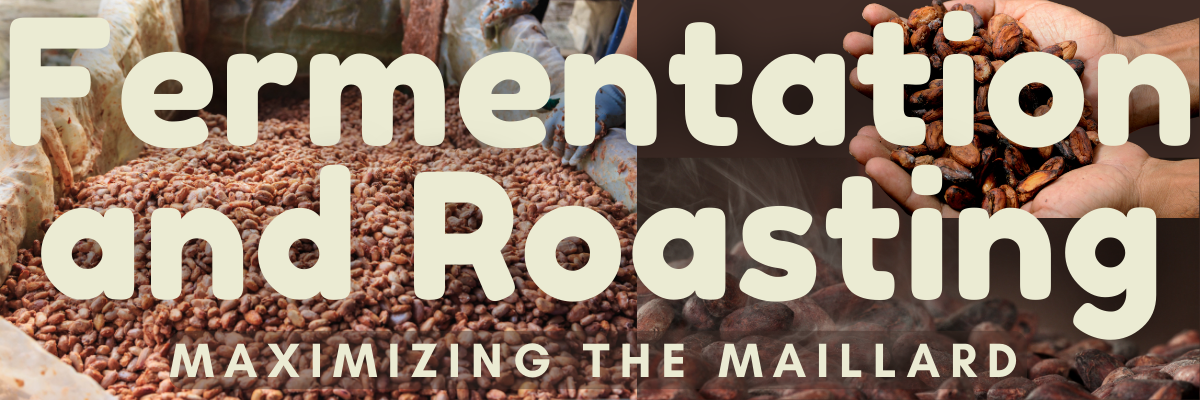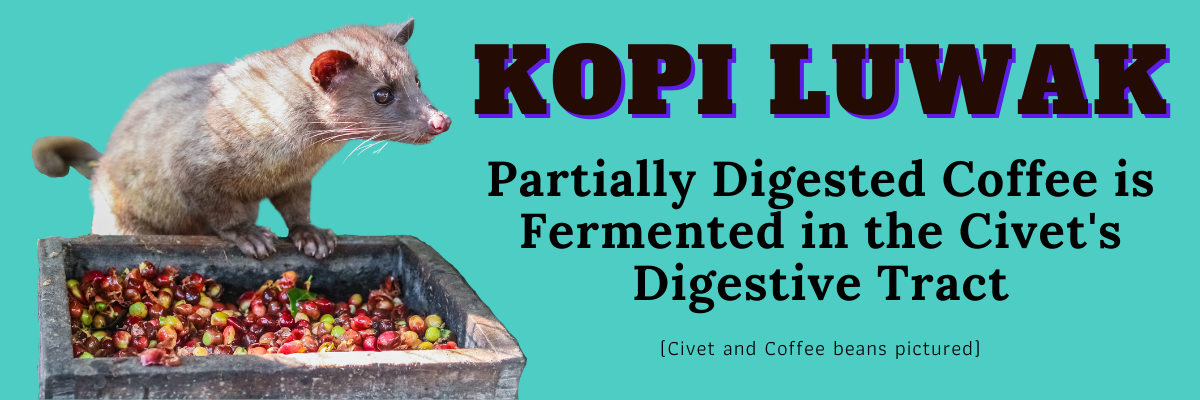Brown Food: An Endless Love Affair
Why is Brown Food so Crave-able?
One of my favorite culinary quotes is Anne Burrell exclaiming, “Brown food tastes good!” No one can argue that seared meats, roasted nuts, chocolate, vanilla, and coffee are not loved by the masses, but what exactly makes brown food so irresistible? It turns out, the secret is the foundation on which the magic of coffee, chocolate, peanut butter, and even Chinese food build their success. All of these coveted flavor profiles include a heating process. This process is essential because it introduces something called the Maillard Reaction to the taste and smell equation. Read on to find out more about this unavoidable phenomenon and how it is different from caramelization!

Maillard Reaction and Brown Food
The Maillard Reaction is one of the most powerful pieces of culinary knowledge ever wielded, and I am about to tell you why. Amino acids (which make up protein) are the building blocks of life. Our bodies need them to form, grow, repair, digest, defend, and even oxygenate! We also need sugars (carbohydrates) as our main/default energy source.
The Maillard Reaction is the chemical reaction between sugars and amino acids when heated up to 165 degrees. This reaction produces umami (like, “Ooo, mommy, this is gonna be delicious!”) aromas and flavors. We are naturally attracted to the result if for nothing else than a basic need to provide ourselves with essential nutrients. The brown color is the result of this reaction that re-arranges the amino acids and sugars into a ring-like formation. The reason we can’t quite put our finger on the flavor and smell is that it is not an ingredient. We are smelling and tasting the result of a chemical reaction. We love the food because (no matter how cheesy it sounds) we have chemistry!
How Do Meats Do Maillard Reaction With No Sugar?
You need both sugar (even in small amounts) and protein to create the Maillard reaction. Meat has small amounts of sugars that are concentrated during the searing process thereby providing the sweet release to react with the abundant proteins. This is the underlying reason why searing meat before roasting tends to create a deeper, tastier flavor throughout the meat (even though the sear was only on the surface.)
Caramelization and what’s the difference?
Caramelization is the breakdown of sugars at high temperatures (over 165 degrees) creating a buttery, sweet, and nutty flavor. In the case of caramelization, the molecular structure is broken down–allowing for new compounds to form. With the Maillard, as previously mentioned, the temperatures are below 165 degrees, so the structural integrity of the food remains intact. The resulting changes are the product of the chemical reaction between sugar and amino acids.
I highly advise you to caramelize with caution. In your quest for delicious perfection using both caramelization and the Maillard Reaction, be careful not to go too far. Burnt/carbonized food is black as coal and tastes bitter. While some may like the taste of burnt food, caramelized and burnt foods are not to be confused.
Think of it as a roasting marshmallow. The outside gets all brown and a little bubbly. This melts the inside of the marshmallow and adds a depth of flavor from the caramelizing of the sugar. If you are not careful–ie you try to rush the caramelization by placing it closer to the heat source–it may catch fire and this destroys the molecular structure completely. Now all you are left with is a charred mess.
When you get those brown bits on the bottom of the pan (called fond), those are basically the remnants of these processes. That is why you never want to waste it! Use a liquid or acid to deglaze it and let the flavor go even further by using it for the base of soups, sauces, and gravy!
Coffee roast levels like light and dark are just fancy ways to refer to how far the beans were caramelized. So, if you do not like coffee because it tastes burnt to you, try a lighter roast. You probably don’t like the overpowering, bitter flavor that comes with taking caramelization too far.
Fermentation: Taking Brown Food to the Next Level

One seldom-mentioned step in the chocolate-making process is fermentation. Before the beans are dried and roasted, the beans are fermented. This process doesn’t just make it easier to clear the beans of the coating and germ. In addition, the process hydrates the natural sugars in the beans into fructose and glucose and also increases the various levels of amino acids. While there are many factors that determine the natural levels of both sugars and amino acids in a cocoa bean, the fermentation and drying processes are critical in producing the most-appealing flavors.
Basically, fermentation sets the beans up for success by boosting the essential “Maillardian” components. The drying process is the literal warm-up that gets the components moving and the Maillard reaction off to a good start. Finally, the roasting process continues and completes the Maillard Reaction phase and finishes with some palate-pleasing caramelization.

Fermentation is actually the secret to the recent obsession with Civet coffee. Also called Kopi luwak, the coffee beans have passed through the digestive tract of the cat-like mongoose. Their bodies do not completely digest them, so the result is a fermented coffee bean. (Much like how our bodies do not digest fully-intact insoluble fiber in corn.) After my research, I am convinced that, if coffee manufacturing altered the fermentation process to more closely replicate the civet’s digestion, the obsession over the defecated beans would be non-existent. I would much rather stick with any food which has not been already used. (Especially with my newfound knowledge on the Maillard Reaction and how it drives our senses crazy!)
Better Together
Like love and friendship, brown food is generally the best when a food rocks both the Maillard Reaction and caramelization. When foods that have both sugars and amino acids are heated at temperatures both above and below 165 degrees, it is inevitable for both the Maillard Reaction and caramelization to occur. Fortunately, we do not need to know where one ends and the other begins. We can simply let the primal desires and chemistry kick in and enjoy the delicious results!
This is why roasted carrots are so appealing. I do not like raw carrots, and carrots in a stew or casserole are soaked and/or covered in a flavorful mixture that gives them the flavor of the dish. However, I am obsessed with oven-roasted carrots that are tossed in olive oil with a sprinkling of salt and pepper. They are especially delicious if you let them go until the carrots get a bit dark on the edges. This is where the Maillard meets caramelization, and it is perfection!

Using These Powers for “Evil”
Not all foods that contain protein and sugars are healthy. I was shocked to find out that some of the most crave-able treats are wielding this phenomenon for evil! (I am only half-joking.) Coffee beans, vanilla beans, cocoa beans, and even soy sauce are delicious examples of how, with purposeful preparation, minimally-beneficial foods can take advantage of our primal need to survive. In doing so, they not only cause us to go gooey over their aromas, but coffee and chocolate also have caffeine (a stimulant). This is another key to their success because caffeine speeds up the relay of messages between the body and the brain. I like to think of it as taking your primal need for nourishment into hyper-drive. They know all the right buttons to push, and they are pushing them really fast. When you combine all of that science with tastes and smells that are already appealing, you have a recipe for world domination! Peanut Butter Kiss Cookies (click here for more info and the recipe) are the perfectly sinister example of a match made in heaven because peanut butter and chocolate are both delicious because of the Maillard Reaction.
Unlimited Possibilities
Potentially, any food that contains both amino acids and sugar can take full advantage of the Maillard Reaction and caramelization. With this knowledge, I wondered if I could simply force this effect in any of my foods. In my research, I found liquid amino acids. Evidently, people who live vegetarian, vegan, gluten-free, or paleo already use liquid amino acids to boost their protein intake.
Chinese and Japanese foods use the Maillard Reaction to the fullest! Liquid amino acids are made in much the same way as soy sauce–“harvesting” the amino acids from soybeans. Teriyaki and eel sauce are basically Maillard sauce. They combine the amino acids and add sugars, infuse them into the food, add more on top, and cook and caramelize the results. It is no wonder I can go crack-crazy for some eel sauce-covered sushi!
For more information on umami and the Maillard Reaction, click to check out this article, What makes a hamburger and other cooked meat so enticing to humans? For more information on the science of chocolate-making, I highly recommend this article, The Chemistry Behind Chocolate Production.
